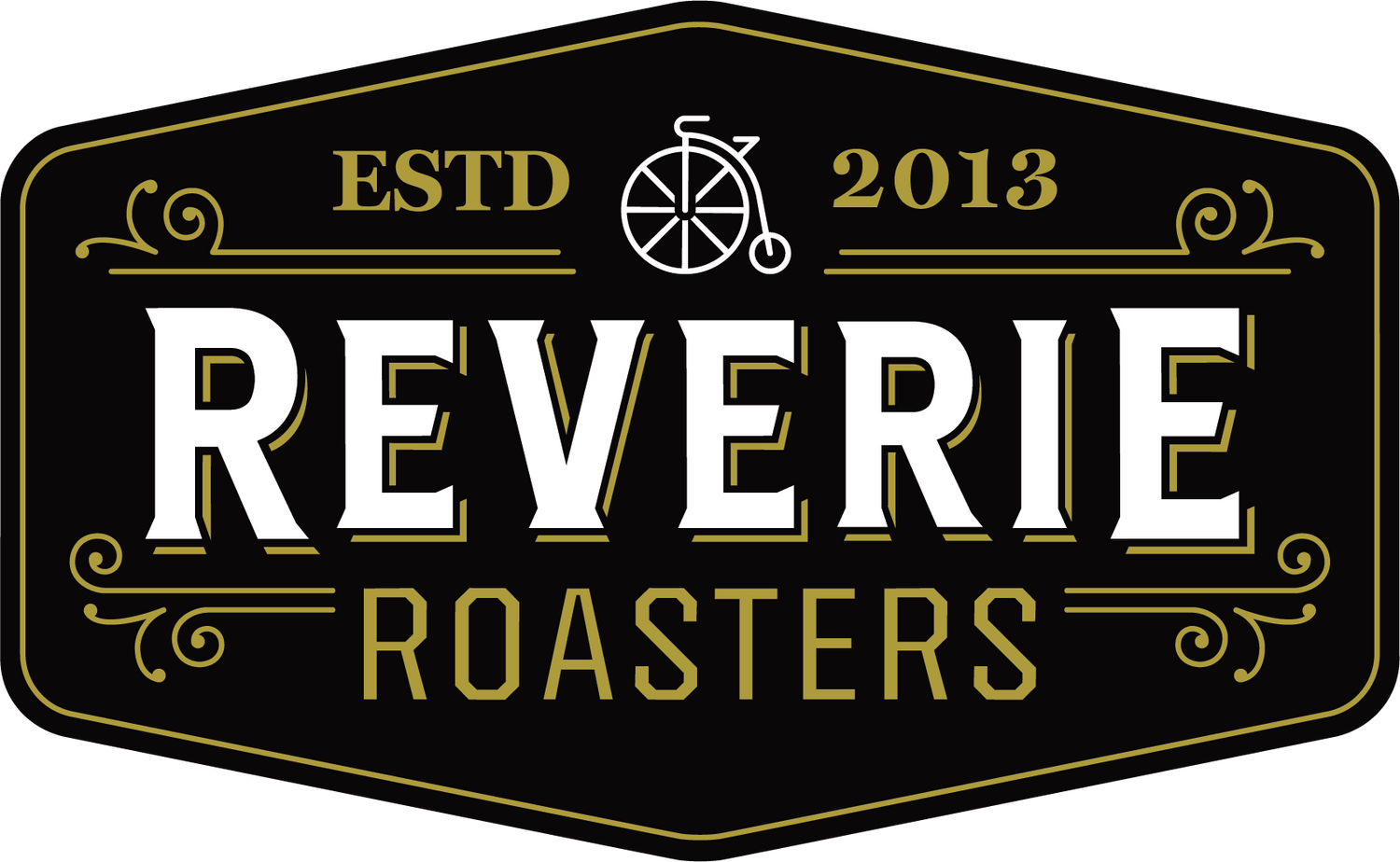Oct 17, 2024
Water Temperature and Pouring: Advanced V60 Pour Over Technique Pt. 2

Your cart is empty
Let’s make some more coffee together! Last week, we talked about two different V60 pour over methods that I enjoy and the process of creating a new simplified method. To keep the recipe simple, I didn’t delve into the effects of water temperature or another technique I use when brewing.
To start, we need to talk about pouring. Since we are making pour overs, this is the most important part of brewing coffee with a V60. As you dial in your technique and pour consistently every time that you make coffee, you will have better and more reliable success. When pouring, I keep the curve of the goose neck as close as possible to top of the dripper. If you put the tip of the goose neck close to the bed of coffee, it will cause the water to flow faster; this can be beneficial if you notice that time is going faster than your pour.
By time going faster, I am referring to an instance in which you are running behind your target weight at a particular point in your pour. You could be trying to reach 272 grams of water at 1:30 and you are only at 220 grams at 1:20. If this is the case, then you can dip the spout of your kettle a little closer to the coffee bed to speed up the flow of water. When dialing in your method, you will also want to control the direction you are pouring. I pour starting in the center of the coffee bed and go out in clockwise motion. In the diagram below, you will see where I start and then go back to the center, staying there until reaching the desired weight. You will also want to stay away from the edge of the coffee and paper filter. If you pour out to the edge of the coffee or paper filter, the water will follow the outer edge. If this happens, that portion of water won’t have many brewed coffee particles in it. Our goal is to have as many coffee particles in the water as possible. This diagram will show you how far to go, the direction to go, and where to stay when pouring.

In terms of water, the quality and temperature will have a huge impact on how your coffee tastes. The minerals in water will influence the taste of your brewed coffee. Though mineral content was once believed to aid in coffee extraction, that theory has been debunked. Our understanding of coffee extraction is constantly shifting as more research is completed. Scott Rao wrote an informative article about water minerality in coffee brewing called “Demystifying Water for Coffee.” Another great instructional tool is the video “Unlocking Yumtown”. In this video, Lance Hedrick and Scott Rao add a variety of minerals in measured amounts to coffee they brewed with unaltered distilled water. They compare the results and reach some compelling conclusions.
There are two phenomenally easy ways to make great water for brewing coffee: Purchasing Thirdwave Water packets or Lotus Water Drops and adding them to distilled water. If you use the Lotus drops, you will need to be more involved with adjusting your drop ratio depending on the coffee. While this exploratory process can be fun, if you just want to make good coffee and not have to think about it, then Thirdwave is the product for you.
Now, time to address water temperature. Yes, the water temperature does make a difference. If you have a light roasted coffee and are grinding finer to get more flavor and you just can’t seem to grind fine enough without over extracting the coffee, then you might want to increase your water temperature. I prefer to brew between 203F to 205F, but some coffees might need to be brewed at 200F or 208F. The rule is darker roasted coffees will need a cooler temperature than lighter roasted coffees. Another aspect to keep in mind is soft coffee beans vs. hard coffee beans. The lighter the roast, the harder the bean.
Try making your next coffee at a different temperature, with a different type of water, or stay away from the edge of the coffee bed when pouring, then let me know what you think. I do recommend altering just one variable at a time and making sure the change has a positive impact. If it does, keep it! After mastering one aspect, ask yourself, “Can it taste better?”
What do you do? Is it great? Let me know in the comments.

Newsletter Signup
© Reverie Roasters, 2025 | Privacy Policy | Terms & Conditions
